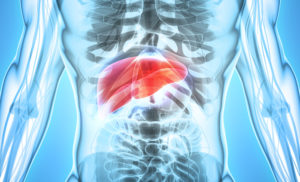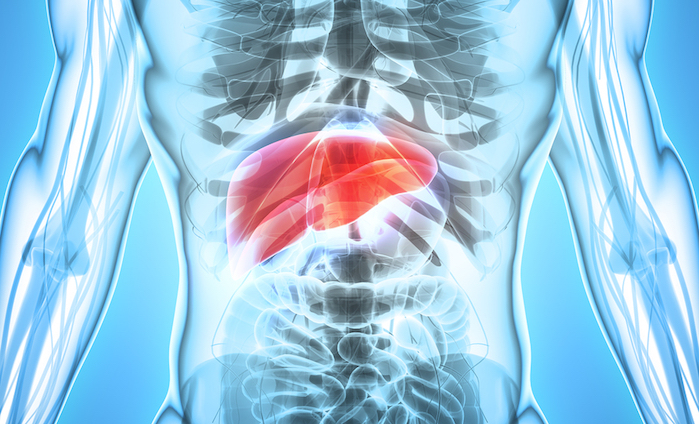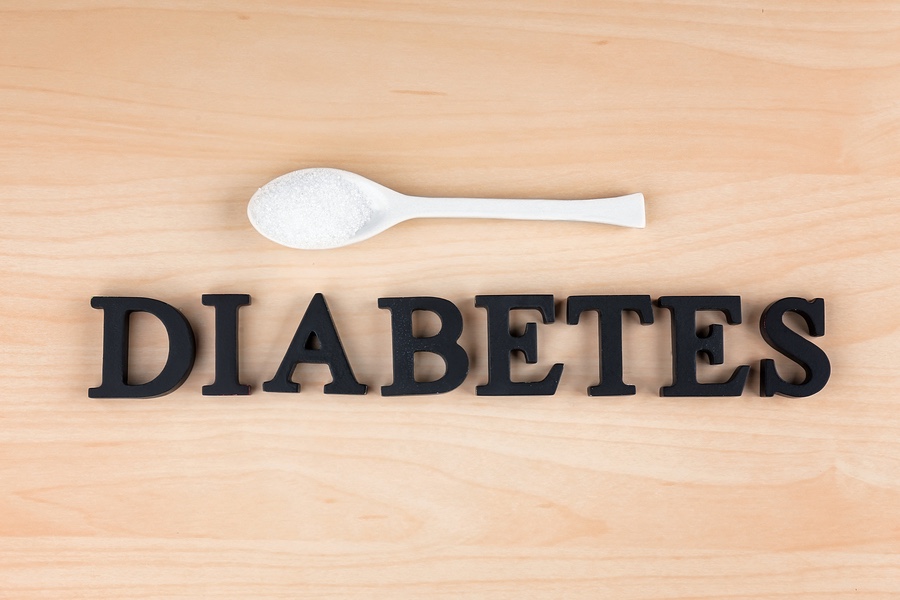 The human liver doesn’t get much attention, but it is a critical organ. Weighing about 3 pounds, the liver is the largest solid organ in the body. It’s located in the right upper abdomen, below the diaphragm.
The human liver doesn’t get much attention, but it is a critical organ. Weighing about 3 pounds, the liver is the largest solid organ in the body. It’s located in the right upper abdomen, below the diaphragm.
Even though you probably don’t think about your liver when you think about weight loss, the liver has many important metabolic functions. It works with other digestive organs to digest, absorb, and process food. Its main job is to filter the blood coming from the digestive tract, before passing it to the rest of the body. Blood coming from the digestive organs flows through the portal vein to the liver, carrying nutrients, medication and also toxic substances. Once they reach the liver, these substances are processed, stored, altered, detoxified, and passed back into the blood or released in the bowel to be eliminated. In this way the liver can, for example, remove alcohol from your blood and get rid of by-products from the breakdown of medications. In fat metabolism, the liver is responsible for breaking down fats and producing energy. Liver cells also produce about 800 to 1,000 milliliters of bile each day. This yellowish-brownish liquid is important for the breakdown and absorption of fats. In the metabolism of carbohydrates, the liver helps to ensure that the level of sugar in your blood stays constant.
With so many important functions, if something goes wrong with the liver, it can have serious effects. Most people have probably heard of the major liver diseases like hepatitis C and alcoholic liver disease, but not many are familiar with a growing epidemic of liver disease that is closely tied to the obesity crisis: Nonalcoholic fatty liver disease (NAFLD). Studies have shown that in the past few decades the prevalence of NAFLD has more than doubled in adolescents, and has grown at a similar rate in adults. In the United States, it’s estimated to affect about 10 percent of children and at least 20 percent of adults—more than any other chronic liver condition. With NAFLD, the liver swells with fat, nearly identical to the liver damage that is seen in heavy drinkers. But in this case the liver damage is caused by poor diet and excess weight.
What’s most alarming is that NAFLD can progress to a dangerous condition called nonalcoholic steatohepatitis (NASH), ultimately requiring a liver transplant. Just three decades ago, the condition was so uncommon that it didn’t have a name—and now it’s expected to surpass hepatitis C as the leading cause of liver transplants by 2020. This is partially because of new drugs that can cure hepatitis C, but also because of the rapid growth of fatty liver disease.
Fortunately, while there is no cure for NAFLD, it is a treatable condition. Because it often occurs with obesity, weight loss interventions such as bariatric surgery can lead to dramatic improvements. Weight loss and diet modifications, such as eating less sugars and fats, is the best way to curb the progression of NAFLD. People who need to lose more than 30 pounds are often most successful with surgical or non-surgical treatments like the gastric sleeve or weight loss balloon. You can contact Dr. Misra here if you have any questions.


